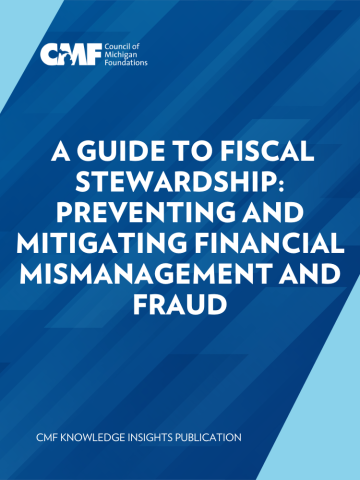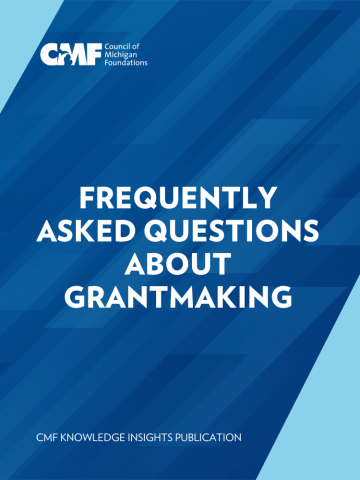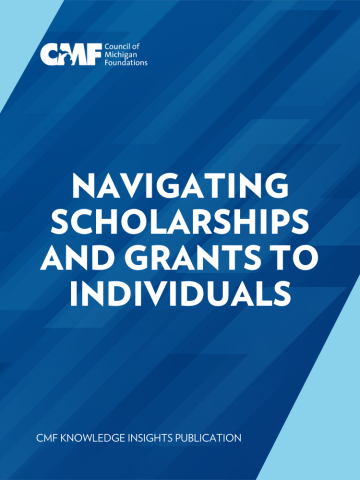Supporting Grantee Capacity: Strengthening Effectiveness Together
In Supporting Grantee Capacity: Strengthening Effectiveness Together, we look at how funders approach building capacity with grantees. Through examples from foundations ranging in size, mission, and geography, we explore various strategies for capacity building and the types of awareness that funders can choose to incorporate in decision-making to facilitate informed, thoughtful judgments about strengthening organizations.
What's in the Guide?
- Broadening the Grantee Capacity-Building Conversation: Funders worldwide are thinking about how to strengthen grantee organizations. We provide our definition and approach to capacity building and share important frameworks for the conversation.
- Exploring Investment Approaches to Capacity Building: Foundations approach grantee capacity-building efforts differently and agree that there is not one correct investment approach. We provide a menu of investment approach options along with several examples exploring how and why each has been used in various situations.
- Lenses to Focus and Inform Grantmaking: Decision-making around capacity-building support comes down to the ability to make sound judgments. We share important ideas for funders to consider before determining if an investment should be made and how.
- Knowing Your Own Capacity: Many funders do not truly have the capacity to undertake certain capacity-building efforts themselves. We share five important questions for foundations to reflect on to help inform what kind of capacity-building partner they would be.
- Acknowledging Power Dynamics: Every funder-grantee relationship has power dynamics, which become especially important to recognize in conversations about capacity building. We share suggestions from funders about tuning in to these dynamics and how to create an environment that is as candid and level as possible.
- Assessing the Impact: The Holy Grail: Measuring the impact of capacity building is challenging but important to encouraging greater investment within foundations and to the recipient organizations themselves. We provide process-oriented advice from funders about how to investigate impact from the beginning of a capacity-building engagement and what to do with what you learn.
- Putting It All Together: This guide shares many perspectives about how to approach the capacity building with grantees and also underscores that there are no right answers, only informed judgments. In these two composite case studies, we put you in the analysis and decision-making seat and encourage you to see how your ideas align with those of your colleagues.
Plus, special insert sections on:
- When you're the lone voice for capacity building
- Engaging the right capacity builders
- How to address issues of grantee capacity



